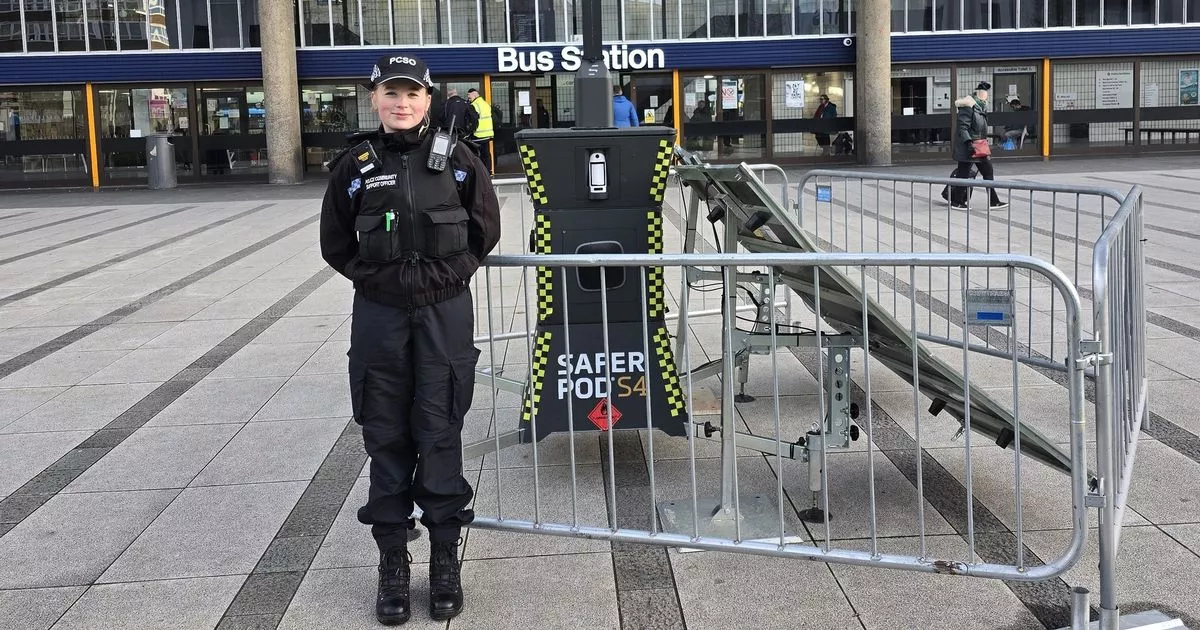Ecommerce in the United Kingdom is still booming, with last year’s sales up 11 percent on 2018. This growth is also driving the delivery business. But what is the current state of the UK ecommerce delivery market?
Advertisement
On demand webinar: is your brand going missing online?
On demand webinar: Get key practical advice on how to identify and fix lost sales opportunities in ecommerce, and really optimize your brand’s selling potential among resellers. Watch the webinar here.
To answer this question, Parcelhub interviewed a hundred B2B and B2C mid-market retailers from the United Kingdom. With the survey, the delivery management solution wanted to find out how retailers respond to customers’ demands regarding flexible delivery options.
61% offer next-day delivery
The survey found that about six in ten retailers offer next-day delivery, while two thirds offer 48-hour delivery. When orders need to be delivered, half of respondents offer the possibility to leave the parcel in a safe place, while 31 percent offer Collect+ and only one in four offer tailored delivery windows.
Only 1 in 4 UK retailers offer tailored delivery windows.
Royal Mail most popular carrier
It also shows that four in ten retailers use a third-party delivery company, with 60 percent working directly with carriers. When it comes to the carrier choice, Royal Mail is the most popular (37 percent), followed by Hermes (35 percent), Parcelforce (22 percent), DHL (20 percent) and DPD (also 20 percent). Among the respondents, 88 percent are satisfied with carrier collections and 83 percent are satisfied with the delivery service.
When it comes to customer service, 69 percent of UK retailers struggle to manage their customer service queries to the required level, they say. Furthermore, 39 percent has plans to expand their internal customer service operations, while 24 percent will invest in outsourcing customer service operations.
Delivery costs form major challenge to international delivery
Among the 100 respondents, almost half of them deliver to both the United Kingdom and internationally. Challenges to international delivery are: uncompetitive delivery costs (said by 33 percent), introducing new marketplaces as channels (19 percent), overheads (14 percent) and language barriers (12 percent).
47% of UK retailers deliver to both the UK and internationally.
Consumers are more sophisticated in their demands
Simon Wright, marketing manager of Parcelhub, commented on the findings, saying the delivery landscape is increasing complex. “Because consumers are becoming more sophisticated in their demands for flexible delivery services. Larger retailers have the size and scale to be able to adapt to these needs but smaller retailers do not have the critical mass to be able to directly manage these complex carrier relationships.”
‘Deliver the kind of proactive delivery consumers want’
So, consumers want flexible delivery, but free delivery isn’t necessarily the answer. Instead, more often consumers are willing to pay more for the kind of delivery they want at a time and place of their choosing. According to Parcelhub, this is the key driver of today’s logistics world. “Delivering the kind of proactive delivery that consumers want, to bring them the ecommerce experience they crave.”
Free delivery isn’t necessarily the answer.


